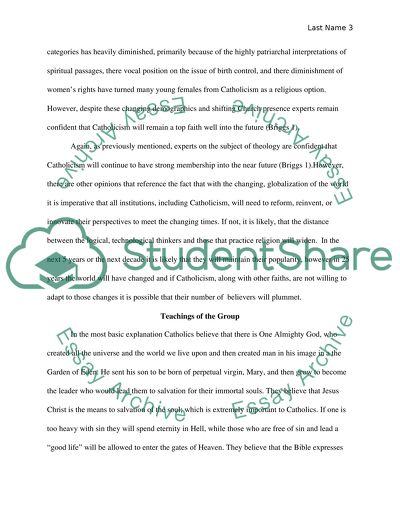Cite this document
(“Catholic Essay Example | Topics and Well Written Essays - 2000 words”, n.d.)
Retrieved from https://studentshare.org/religion-and-theology/1494579-catholic
Retrieved from https://studentshare.org/religion-and-theology/1494579-catholic
(Catholic Essay Example | Topics and Well Written Essays - 2000 Words)
https://studentshare.org/religion-and-theology/1494579-catholic.
https://studentshare.org/religion-and-theology/1494579-catholic.
“Catholic Essay Example | Topics and Well Written Essays - 2000 Words”, n.d. https://studentshare.org/religion-and-theology/1494579-catholic.


